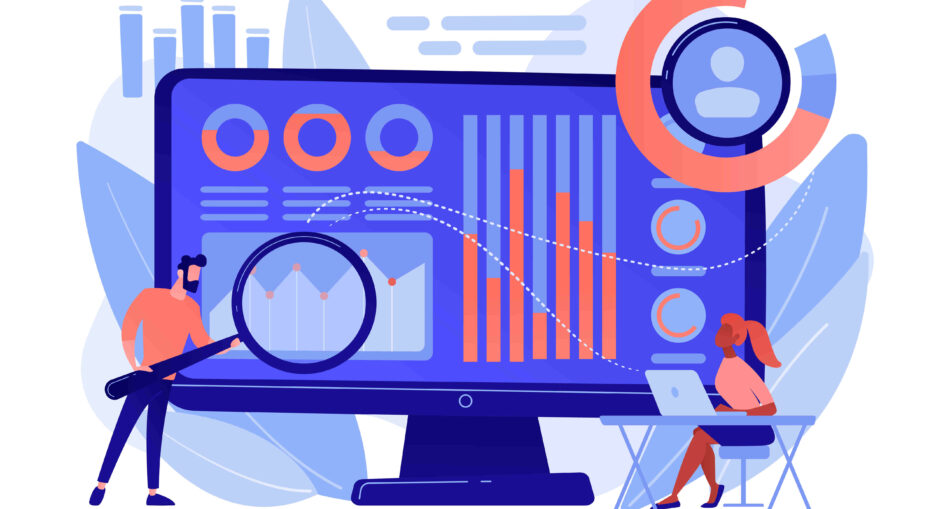The healthcare industry is undergoing a revolutionary transformation, with telehealth emerging as a cornerstone of modern care delivery. Artificial Intelligence (AI) and data analytics have become key enablers of this shift, driving innovation and improving patient outcomes. These advanced technologies enhance telehealth services by enabling precise diagnostics, efficient resource management, and personalized patient care.
The Role of AI in Telehealth
AI is redefining telehealth through its ability to analyze complex medical data quickly and accurately. From chatbot-driven symptom checkers to AI-powered diagnostic tools, healthcare providers can now deliver faster and more accurate assessments remotely.
For instance, AI algorithms can analyze medical images, such as X-rays and MRIs, with exceptional precision. Recent reports suggest that AI-powered diagnostic tools are 94% accurate, compared to 87% for human radiologists, making it a game-changer for telehealth consultations.
In addition to diagnostics, generative AI services are facilitating the creation of personalized treatment plans. By analyzing vast datasets, these services predict patient responses to treatments, empowering providers to make data-driven decisions. This not only improves patient satisfaction but also reduces treatment costs.
Data Analytics: The Backbone of Efficient Telehealth Services
Data analytics plays a crucial role in telehealth by streamlining operations and enhancing patient care. The integration of data analytics services allows healthcare providers to extract actionable insights from patient data.
A study by McKinsey highlights that data-driven healthcare organizations experience a 25% improvement in operational efficiency. For telehealth platforms, this means optimized appointment scheduling, better patient triaging, and more efficient resource allocation.
Furthermore, data analytics aids in population health management by identifying trends and patterns in patient data. This enables healthcare providers to proactively address emerging health concerns, reducing hospital readmission rates.
Enhancing Patient Outcomes with Data Analytics Services for Healthcare
Telehealth platforms equipped with data analytics services for healthcare can significantly enhance patient outcomes. Real-time monitoring of vital signs through wearable devices is a prime example. By analyzing data from these devices, healthcare providers can detect early warning signs of chronic diseases and intervene promptly.
For instance, a study by Deloitte revealed that remote monitoring solutions reduced hospitalizations for chronic disease patients by 38%. With predictive analytics, healthcare providers can also anticipate patient needs and deliver timely interventions.
Additionally, data analytics supports personalized care by integrating patient preferences, medical history, and genetic information. This holistic approach ensures that telehealth services meet individual patient needs, improving both adherence and outcomes.
Overcoming Challenges with AI and Data Analytics
Despite the numerous benefits, the adoption of AI and data analytics in telehealth comes with challenges. Data privacy and security remain top concerns, as sensitive patient information is often stored and analyzed. Leveraging generative AI services with built-in security features can mitigate these risks.
Interoperability is another challenge, as healthcare providers often use disparate systems. Integrating AI and data analytics solutions that adhere to industry standards can help overcome this hurdle.
Lastly, addressing the digital divide is essential to ensure equitable access to telehealth services. Governments and private organizations must collaborate to improve internet connectivity and provide affordable devices to underserved communities.
The Future of Telehealth: A Data-Driven Landscape
The convergence of AI and data analytics is propelling telehealth into a data-driven future. With advancements in generative AI and predictive analytics, telehealth platforms will soon offer even more sophisticated services, such as virtual health assistants and AI-driven mental health therapy.
By 2027, the global telehealth market is expected to reach $455 billion, growing at a compound annual growth rate (CAGR) of 24.2%, according to Fortune Business Insights. This rapid growth underscores the importance of AI and data analytics in shaping the future of healthcare delivery.
As telehealth continues to evolve, adopting cutting-edge technologies like AI and data analytics will remain critical for healthcare providers aiming to deliver high-quality, accessible, and efficient care.







